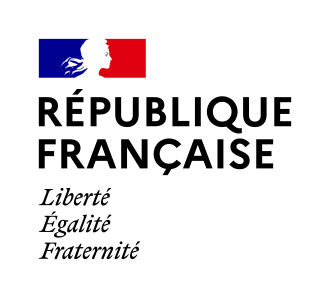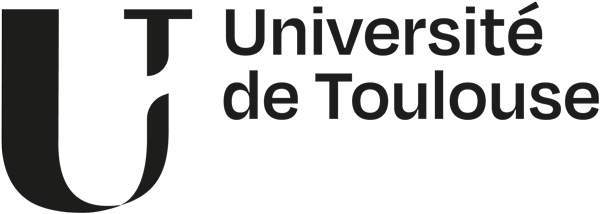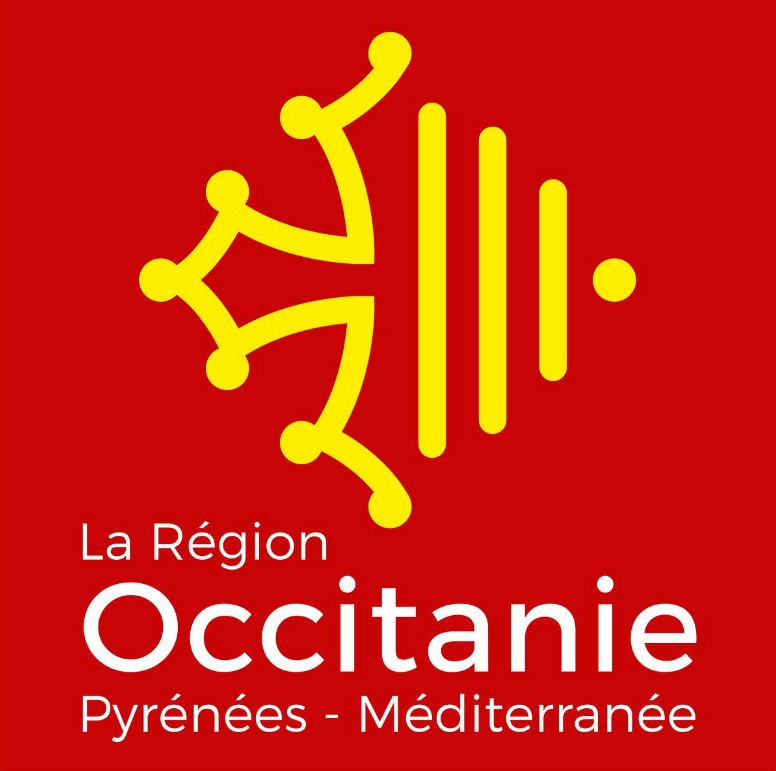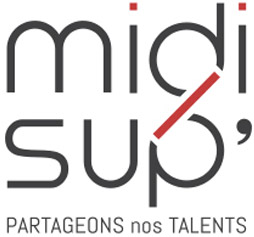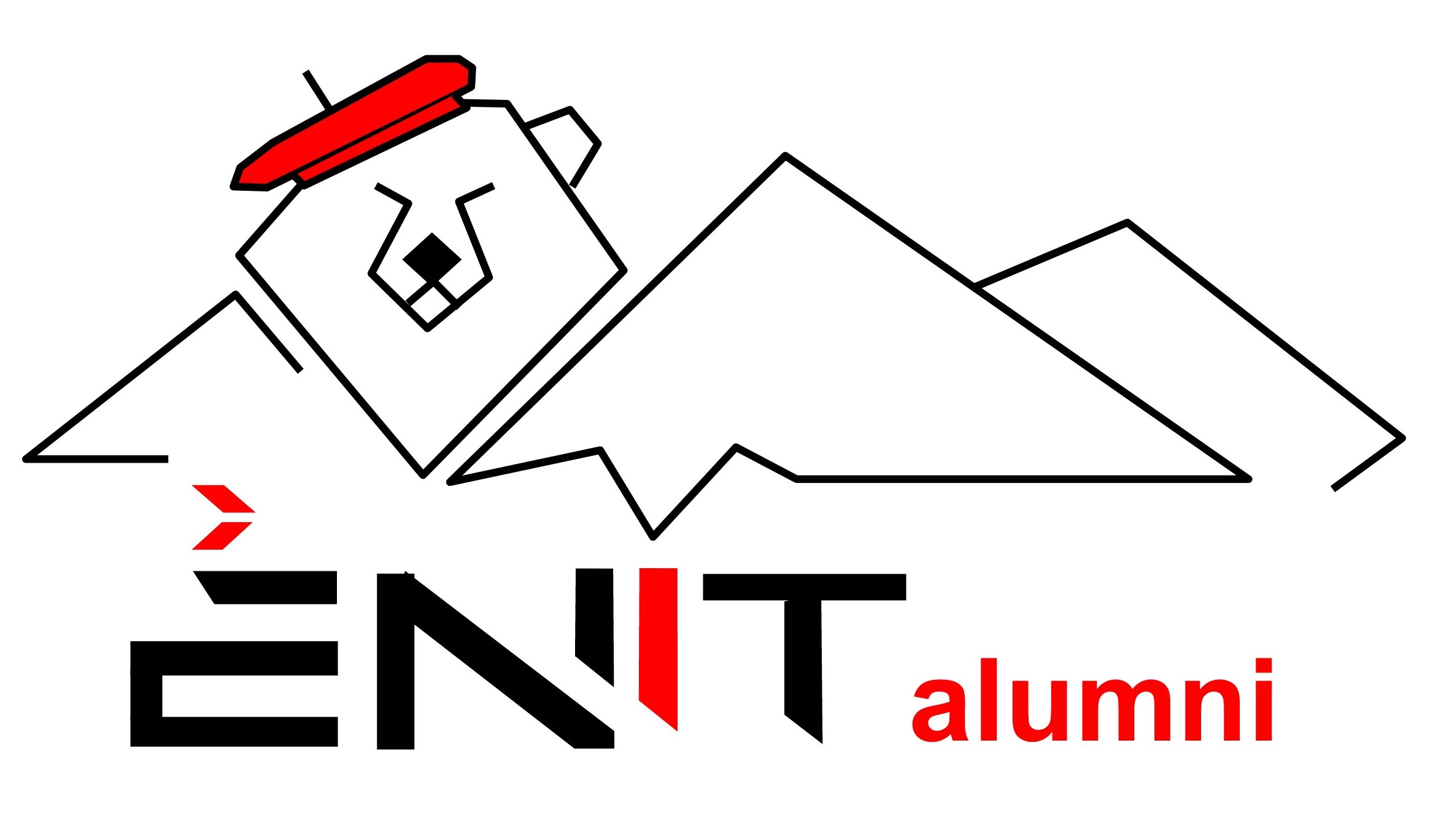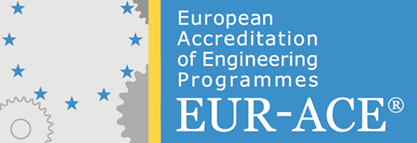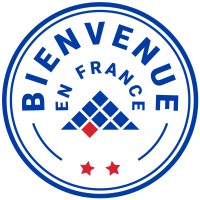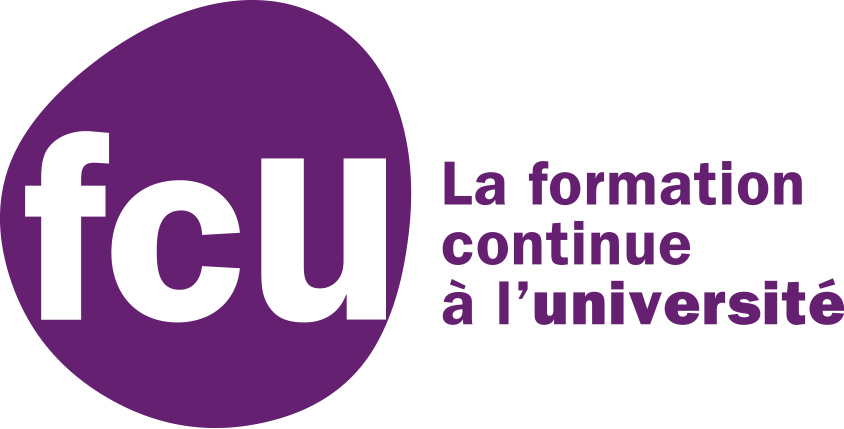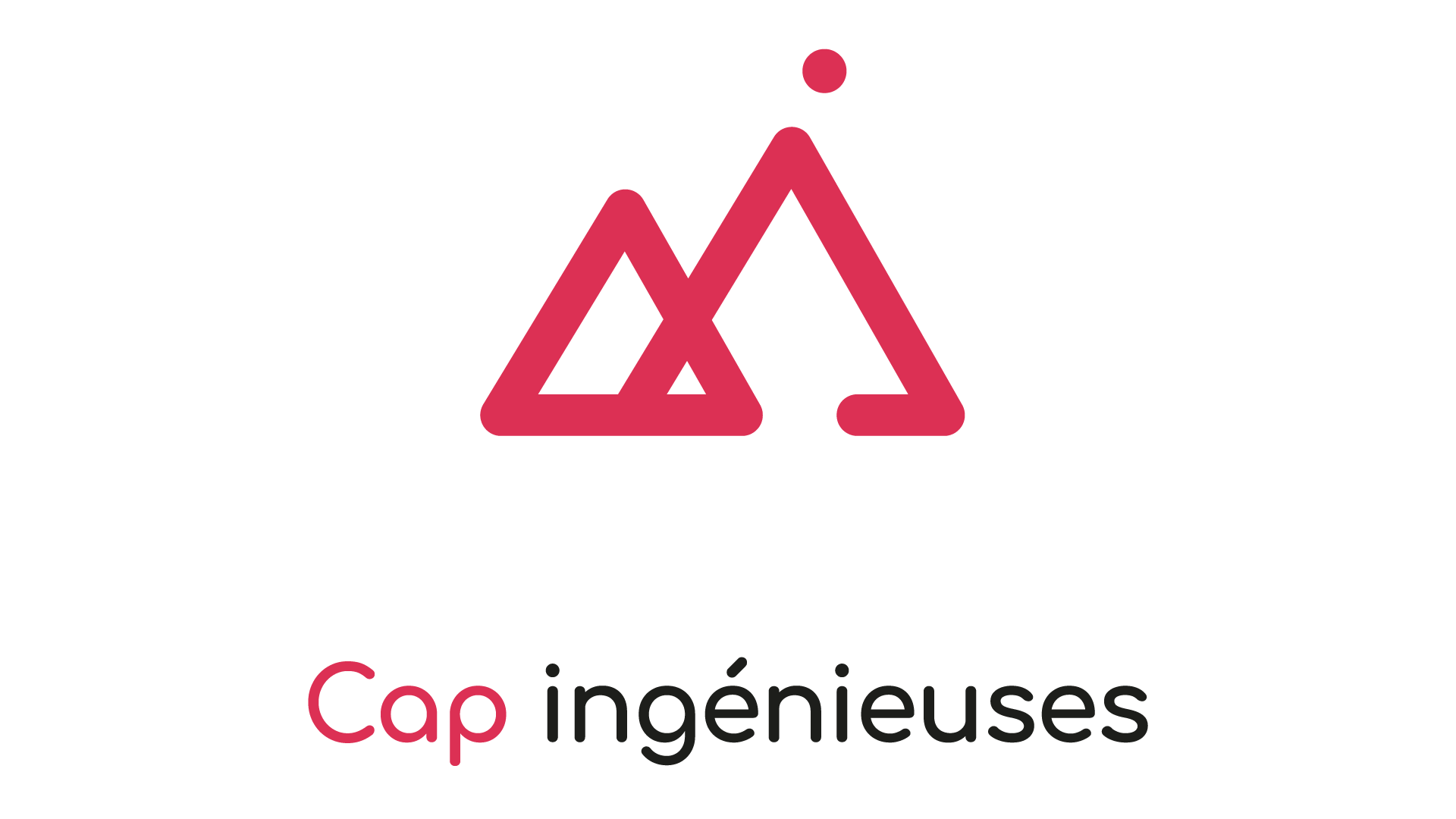EC0807OP0701GI - CAPITALISATION DES CONNAISSANCES ET SYSTEMES DECISIONNELS
Objectifs
Ce module de cours est destiné à fournir une introduction aux principes, méthodes et outils de la capitalisation des connaissances avec les outils décisionnels en entreprise. En effet, différents phénomènes (turn-over, retraites,..) conduisent les entreprises à tenter de préserver leurs savoirs et leurs savoir-faire. Le module de formation aborde le problème de l'ingénierie des connaissances et des systèmes décisionnels à la fois d'un point de vue Intelligence collective de nouvelles entreprises et d'un point de vue plus web sémantique.
This course module is intended to provide an introduction to the principles, methods and tools for knowledge capitalization with decision-making tools in enterprises.Indeed, different phenomena (turnover, retirements ...) lead companies to try to preserve their knowledge and expertise. The training module addresses the problem of engineering knowledge and decision-making systems both a collective intelligence point of view of new businesses and a more semantic web perspective.
Présentation
Capitalisation des connaissances (BK 12h=8 Cours + 6h de TD)
-Représentation des connaissances : définition, bases philosophiques et psychologiques, historique de l'évolution des formalismes.
-Types de représentation: logique formelle, règles de production, «frames» et «scripts», réseaux sémantiques, représentation procédurale, représentation analogique, etc.
-Cadre moderne de représentation des connaissances : théorie des graphes conceptuels.
-Diverses applications de l'ingénierie des connaissances: web sémantique, travail coopératif, ingénierie éducative, conception de systèmes, ingénierie linguistique, systèmes d'information, mémoires d'entreprise, etc.
-Systèmes Décisionnels (LG 12h = 6h Cours + 6h TD)
-Introduction
-Modélisation décisionnelle et théorie de la décision
-Décision sur plusieurs critères
-Business Intelligence
Knowledge Capitalisation (BK 12h=8 Cours + 6h de TD)
-Knowledge Representation: definition, philosophical and psychological foundations, historical evolution of formalisms.
-Representation types: formal logic production rules, "frames" and "scripts" semantic networks, procedural representation, analog representation, etc.
-Representation types: formal logic production rules, "frames" and "scripts" semantic networks, procedural representation, analog representation, etc..
-Various applications of knowledge engineering: semantic web, cooperative work, educational engineering, systems design, language engineering, information systems, corporate memories, etc.
Decisional Systems (LG 12h = 6h Cours + 6h TD)
-Introduction
-Decision Modeling and decision theory
-Multicriteria decision
-Business Intelligence
Pré-requis obligatoires
Examens
(1*DS1)/1
DS1 : Devoir Surveillé 1
Syllabus
Jean-François Ballay.Tous managers du savoir ! La seule ressource qui prend de la valeur en se partageant, éditions d'Organisation, Paris, 2002, (ISBN 2708127756)
Alphonse Carlier. Knowledge management et web 2.0, Hermes Science Publications, 2013, (ISBM 2746245493).
Michel Chein, Marie-Laure Mugnier, Madalina Croitoru. Visual reasoning with graph-based mechanisms: the good, the better and the best. The Knowledge Engineering Review / Volume 28 / Special Issue 03 / September 2013, pp 249-271.
Bernard Kamsu-Foguem. Knowledge-based support in Non-Destructive Testing for health monitoring of aircraft structures. Advanced Engineering Informatics (ADVEI), Volume 26, Issue 4, October 2012, Pages 859-869.
Bernard Kamsu-Foguem, Fonbeyin Henry Abanda. Experience Modeling with Graphs encoded Knowledge for Construction Industry. Computers in Industry, Volume 70, June 2015, Pages 79-88.
T.R. Gruber. Ontology of folksonomy: a mash-up of apples and oranges. Int l Journal on Semantic Web & Information Systems, 3(2), 2007.
Jean-François Ballay.Tous managers du savoir ! La seule ressource qui prend de la valeur en se partageant, éditions d'Organisation, Paris, 2002, (ISBN 2708127756)
Alphonse Carlier. Knowledge management et web 2.0, Hermes Science Publications, 2013, (ISBM 2746245493).
Michel Chein, Marie-Laure Mugnier, Madalina Croitoru. Visual reasoning with graph-based mechanisms: the good, the better and the best. The Knowledge Engineering Review / Volume 28 / Special Issue 03 / September 2013, pp 249-271.
Bernard Kamsu-Foguem. Knowledge-based support in Non-Destructive Testing for health monitoring of aircraft structures. Advanced Engineering Informatics (ADVEI), Volume 26, Issue 4, October 2012, Pages 859-869.
Bernard Kamsu-Foguem, Fonbeyin Henry Abanda. Experience Modeling with Graphs encoded Knowledge for Construction Industry. Computers in Industry, Volume 70, June 2015, Pages 79-88.
T.R. Gruber. Ontology of folksonomy: a mash-up of apples and oranges. Intil Journal on Semantic Web & Information Systems, 3(2), 2007.
En bref
Langue d'enseignementFrançais
Contact(s)
Composante
ENI TARBES

